Child-Resistant...Not Child-Proof
Dispelling the Myth: Why There is No Such Thing as Child-Proof Packaging
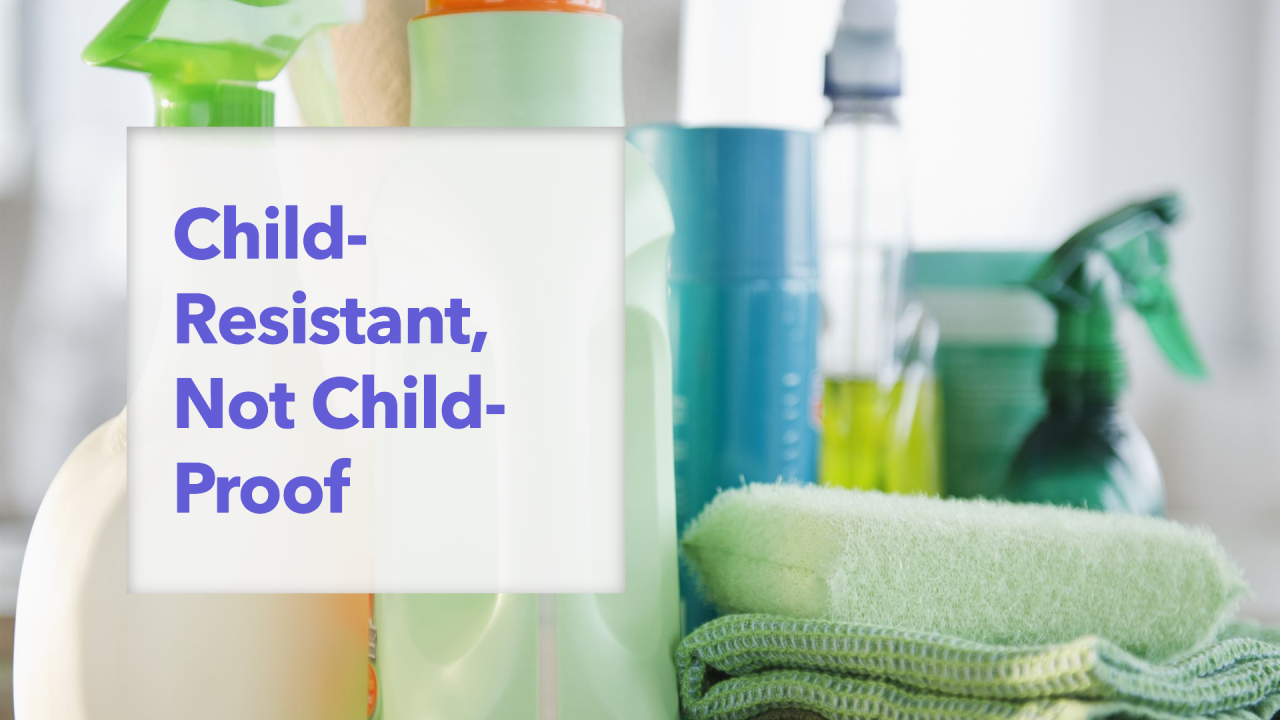
Dispelling the Myth: Why There is No Such Thing as Child-Proof Packaging
In the realm of product safety, particularly concerning items like medications, household cleaners, and chemicals, the term "child-proof packaging" is commonly used. However, despite its widespread usage, the concept of truly child-proof packaging is a misnomer. Let's delve into why there's no such thing as completely child-proof packaging and what measures can be taken to enhance child safety.
The Fallacy of Child-Proof Packaging
The term "child-proof" implies that a packaging solution is entirely impervious to a child's attempts to access its contents. However, in reality, no packaging can guarantee absolute protection against determined children. While some packaging designs may significantly deter children from accessing hazardous substances, no solution can completely eliminate the risk.
Understanding Child Development
Children are naturally curious and persistent problem-solvers, traits that can pose challenges when it comes to packaging intended to keep them safe. As they grow and develop, children become increasingly adept at manipulating objects and overcoming obstacles. What may seem insurmountable to a toddler may become conquerable to an older child with more advanced motor skills and cognitive abilities.
Child-Resistant vs. Child-Proof
Instead of striving for the unattainable goal of child-proof packaging, industry standards and regulations focus on child-resistant packaging (CRP). Child-resistant packaging is designed to be challenging for young children (42 to 51 months) to open or access, requiring a combination of cognitive ability, physical strength, and dexterity that surpasses their capabilities. However, it's essential to recognize that even child-resistant packaging is not foolproof and may be breached by persistent children given enough time and opportunity.
The Role of Caregiver Responsibility
While effective packaging designs play a crucial role in preventing accidental ingestions or exposures, caregiver responsibility remains paramount. Supervision, education, and proper storage of hazardous substances are essential components of a comprehensive child safety strategy. Caregivers must be proactive in keeping potentially harmful products out of reach of children while educating them about the dangers associated with certain items.
Enhancing Child Safety Through Innovation
As technology and materials science continue to advance, there are opportunities to enhance child safety through innovative packaging solutions. Improved locking mechanisms, tamper-evident features, and sensory deterrents can all contribute to making packaging more child-resistant. However, it's essential to strike a balance between safety, accessibility for adults, and cost-effectiveness.
Conclusion
In the discourse surrounding product safety, it's crucial to dispel the notion of child-proof packaging and instead focus on practical measures to mitigate risks and protect children from harm. While no packaging solution can guarantee absolute safety, advancements in design, coupled with caregiver responsibility and education, can significantly reduce the likelihood of accidental ingestions or exposures. By adopting a multifaceted approach that acknowledges the limitations of packaging and the importance of caregiver vigilance, we can create safer environments for children to thrive.
If you have any questions regarding child-resistant packaging and how to prove CR - call Bird Dog Marketing Group, LLC at 1-717-615-9022 or email: sales@birddogmarketinggroup.com.
Bird Dog Marketing Group is an international industry leader in Child Resistant (CR) and Senior Adult Use Effectiveness (SAUE) protocol testing. For over 55 years, we have been providing comprehensive research and testing services and have a track record of success in safety and child-resistant package testing. We have tested and evaluated thousands of different package types, including unit dose packages, pouches, bottles and containers with a variety of closures, aerosol cans, pump dispensers and more. Our team provides an assurance of accuracy and hyper-focused attention to detail for all package testing.
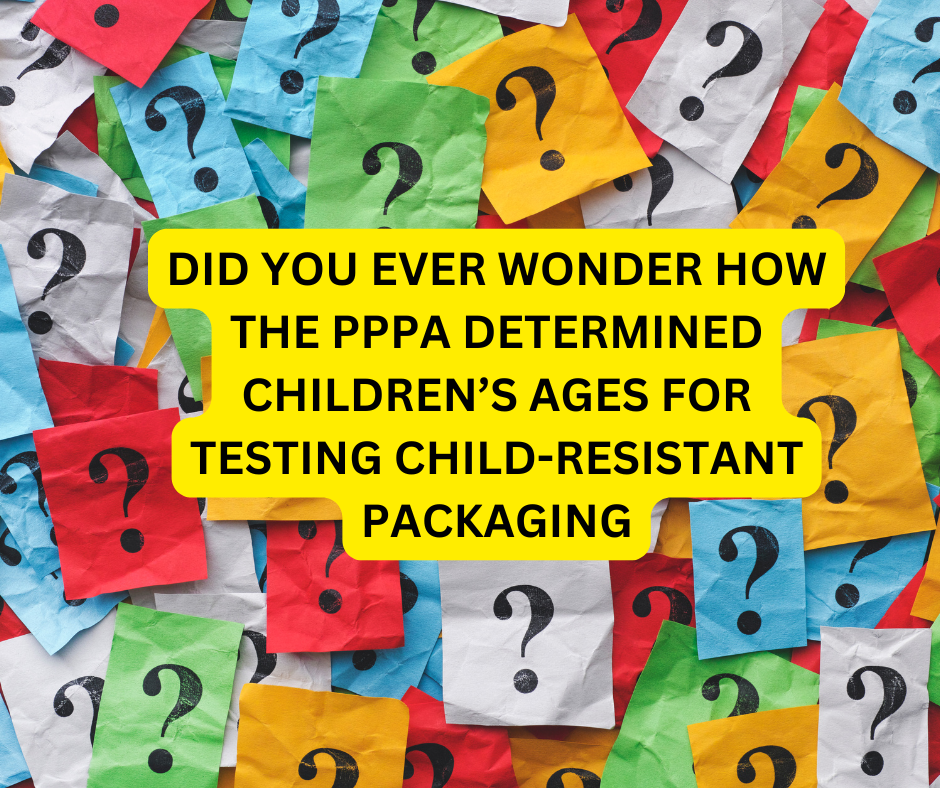
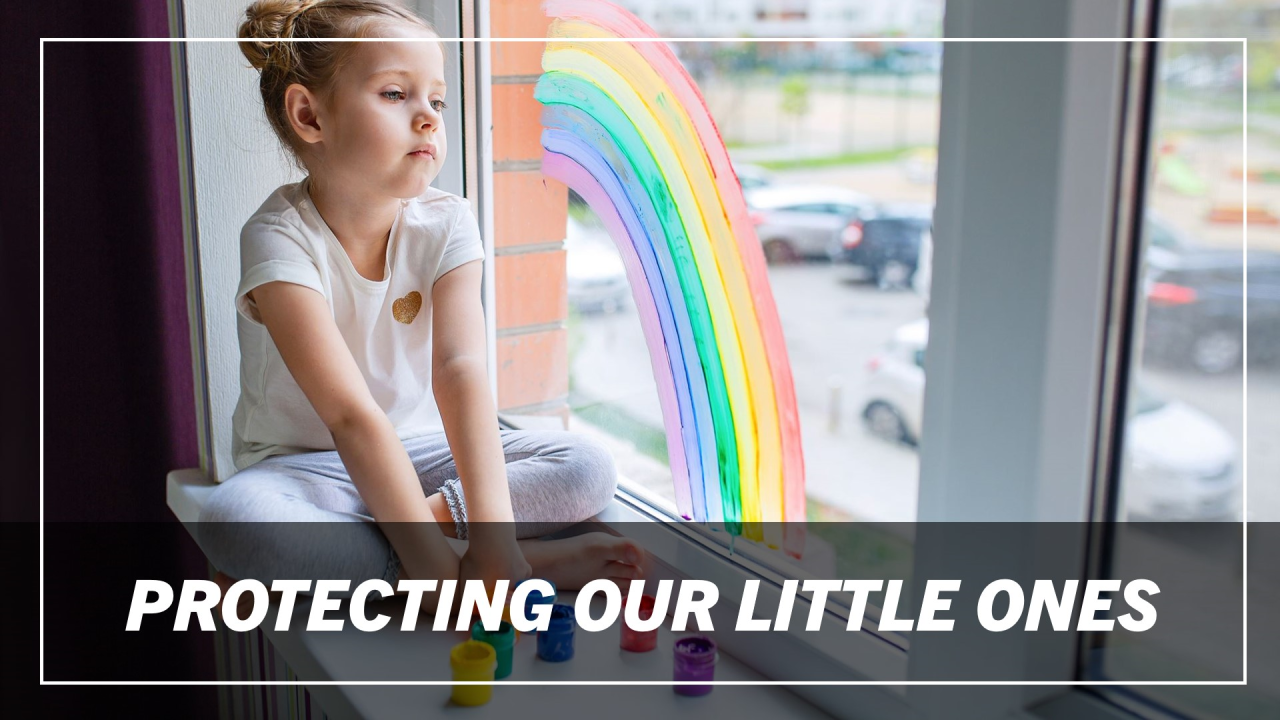
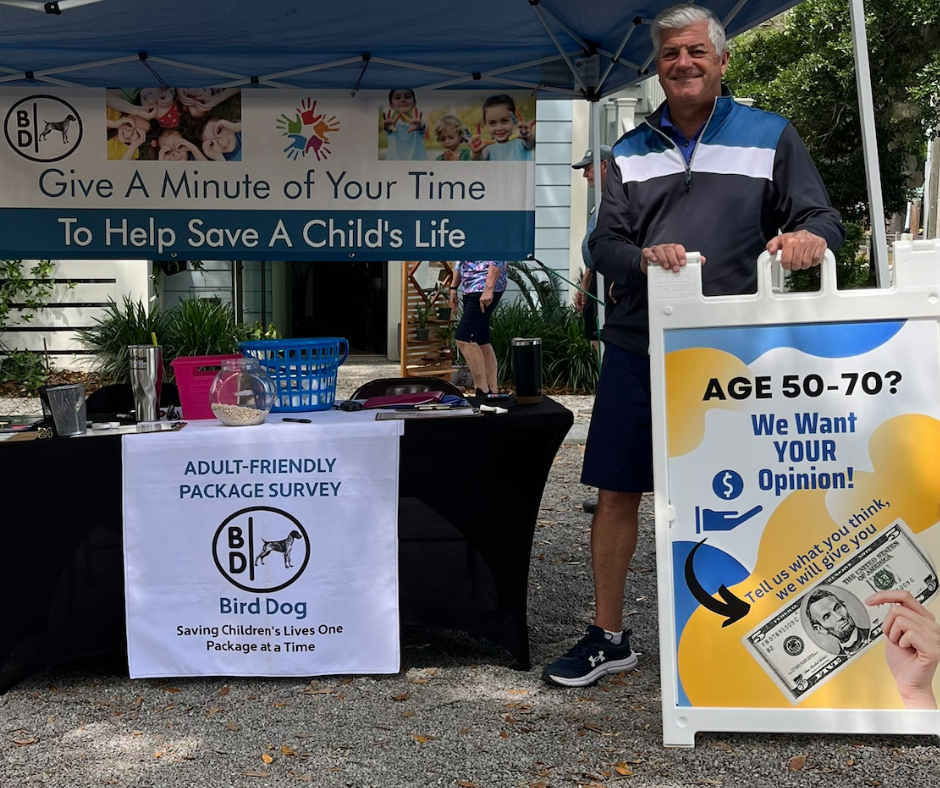

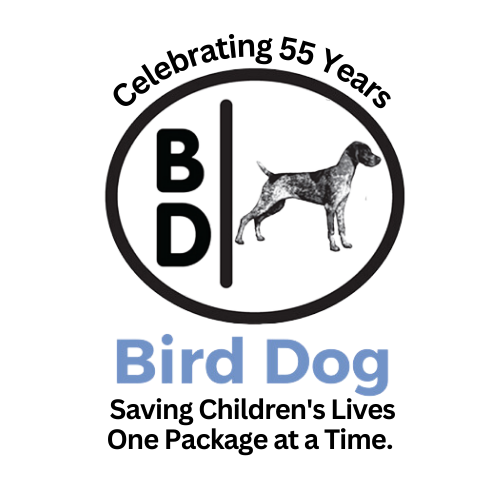

Contact us
Contact Us
We will get back to you as soon as possible.
Please try again later.
MAILING ADDRESS
166 Farmington Lane
Lancaster, PA 17601
PRINCIPALS' PHONE NUMBER
David S. Hipple
717-475-9751
dhipple@birddogmarketinggroup.com
Mark D. Perkins
717-615-9022
mperkins@birddogmarketinggroup.com
All Rights Reserved | BirdDog Marketing





